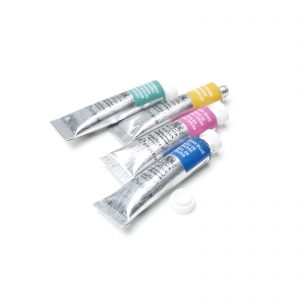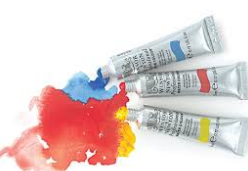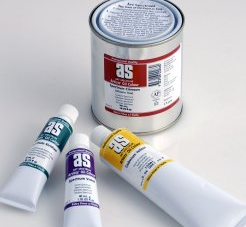Description
With 96 colours, our Professional watercolour range offers bright, vibrant colours and unrivalled performance. Water colour more than any other medium relies upon the variable characteristics of the pigments used. Our Professional Water Colours use only the purest pigments, and are known for their brilliance, permanence and strength of colour.
- Pigments
With 75 single pigment colours in the range, we offer the widest range of modern and traditional pigments for superb colour mixing. - Unrivalled Transparency
The transparency of Professional Water Colour is due to the way the pigment is dispersed during manufacture. In thin washes, the colour is present but the reflective white of the paper can still be seen. The colours provide brilliance and clean mixing and the natural characteristics of pigments mean that some will be more transparent than others. - Permanence
93 out of 96 colours in our Professional Water Colour range are classed as “permanent for artists’ use”, rated AA or A for permanence to ensure that the colours used today will appear the same for generations to come.

The Importance of Stretching Watercolour Paper:

If you intend using a lot of water in your water colour painting, then it is important to stretch your paper before starting to avoid cockling – this is where the sheet wrinkles and forms ridges that are almost impossible to remove when substantial amounts of water are used. If you are working on heavyweight paper and do not intend using large washes or you are using gouache or acrylic then you do not have to stretch the paper, however the benefit of stretching your paper is the freedom to use as much water as you want, when you want.
There are two ways to stretch water colour paper:
Stretching on a flat board
Board: This is the most common way of stretching paper and spruce drawing boards (draughtsmen’s boards) are the best because they are hard wearing and durable, however, they are not easy to find. MDF board can also be used but it should be sealed beforehand so that water doesn’t penetrate. For paper under 24” square a 12mm board thickness is suitable and for larger sheets increase the thickness of the board to prevent warping. A thicker board is best because you can use both sides. Alternatively, you can brace the 12mm board on a frame.
Paper: Acid free paper is the best paper to use for your work to last a long time, this is because acidity embrittles the paper and eventually makes it too weak to handle.
Whatever paper you choose, use the heaviest sheet you can afford, for the simple reason that it will be more robust and less likely to be bent in long term storage. Paper can be stretched up to a size of approximately 1.5m x 2.5m but if you go beyond that, the tension in the paper is too strong.
Procedure: Allow 1” for gummed paper tape all the way round your paper when cutting to size. Fill a large sink or bath with water and submerge the paper, rolling or folding it as necessary, but avoid creasing it. A heavy paper [300lb/640gsm] must soak for 15-20 mins, a lightweight [90lb/190gsm] one needs only 4-5 minutes.
If the paper is too large to submerge it can be soaked on the board but allow up to 25 minutes soaking on each side to ensure expansion of the paper. Then remove the paper and allow the excess water to drip off before laying the paper on the clean board. Using traditional gummed paper strip, tape down the edges and leave the board to dry flat. Both sides of the board can be used, simply stand the board on four ink bottles to let the air circulate.
Stretching on a purpose frame
It is also possible to purchase stretching boards or ‘paper stretchers’ from your local art store.
What happens if the paper has failed to stretch
If the paper fails it can simply be re-used by cutting it off the board, re-soaking and re-stretching. There are four faults that are the most common reasons for failure when stretching paper:
1. The paper has not soaked long enough. It looks flat when dry but still cockles when painted on. Running paper under the tap will not be sufficient to soak it.
2. As it is sometimes difficult to find, gummed paper tape is replaced with masking tape or brown sticky tape. These don’t stick and they don’t stretch with the paper.
3. Too wet a sponge is used to moisten the gum strip and the gum is wiped off, preventing it from sticking.
4. Boards or frames are stood upright to dry. The water runs to the bottom and pulls the paper away from the top. This is why paper stretching is difficult on studio walls.
How to Rescue Tubes of Solidified Watercolours:

If colour has solidified in your water colour tube, it is not possible to return it to its liquid form however, it can be used as a type of pan colour. It will not perform as well as our Artists’ Water Colour that has been formulated specifically for pan application, however by adding a little Winsor & Newton Gum Arabic medium to water and then using the dried tubes as pans, it means that they can continue to be used.
To prolong the life of water colour tubes for as long as possible try to ensure:
1. The threads on the neck of the tube are free of colour
2. The lid is replaced tightly
3. The tubes are stored at ambient temperature







